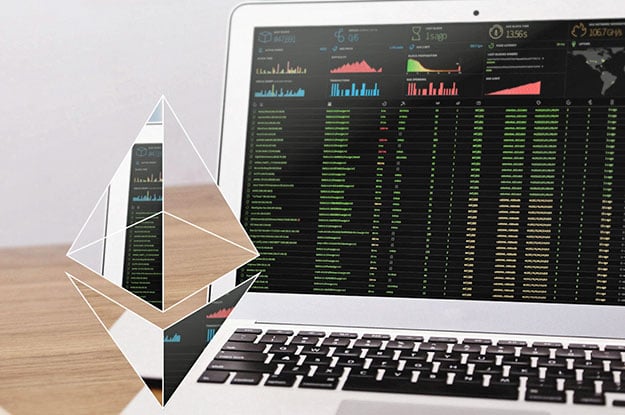Best Ethereum Mining GPUs - A Benchmark And Optimization Guide [Updated]
Ethereum Mining Introduction & Mining Rig
Update, 2/5/2018: We have a new article posted detailing CyptoNote (Monero) mining performance with AMD's Threadripper processor with a CPU-optimized algorithm, alongside a handful of other X86 processors and a powerful GeForce GTX 1080 Ti GPU.
Update, 9/15/2017: We've updated our Ethereum mining benchmark numbers in this article to include AMD's recently released Radeon RX Vega graphics cards. Head here for that updated data or journey on for the full guide.
Cryptocurrency mining is a big buzz topic in technology these days. And why not? Utilizing your computer to digitally mine what seems like free money only begs the question, "where do I sign up?" Your machine will actually be "mining" or processing transactions for a decentralized currency, the hottest variant of which is called Ethereum. Poised to overtake the industry bellwether Bitcoin, Ethereum has experienced explosive growth with roughly a $35 billion dollar market cap currently.
However, the cost of mining is far from free in this modern day digital gold rush. Hardware costs and energy consumption represent real financial commitment. Regardless, if you build your own systems or are a PC enthusiast, there’s a good chance you have the spare parts lying around to slap a mining rig together and get cracking.

So, with our eyes on Ethereum in particular, being the new rising star, that’s exactly what we did here at HotHardware (1 ETH = ~ $277.85 as of this publication). We also learned some handy tips for tweaking your mining rig for maximum hash rate throughput, while keeping your heat and energy consumption at a minimum. We will be sharing these as well has some key hardware benchmark metrics and suggestions to help boost your personal mining potential.
Cryptocurrency Mining Essentials

We’re specifically mining on an MSI Z270 XPOWER Gaming Titanium motherboard powered by an Intel Core i5-7600K quad-core processor and 16GB of Corsair Vengeance 2666MHz RAM. It’s more muscle than any miner needs and will surely gobble up a bit more power while mining than is desired. But it’s the simplest of systems we have on hand that’s ready to mine 24/7. CPU horsepower is much less important in a mining rig, so low-power CPUs are preferable at this time.
Next up, we pit our selection of GPUs against each other in a hash rate benchmark to determine which will be our personal miner of choice. We will then take that card, and offer some tips to maximize performance and reduce the impact on your utility bill. Let’s get to it...






